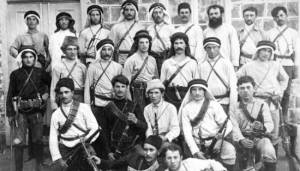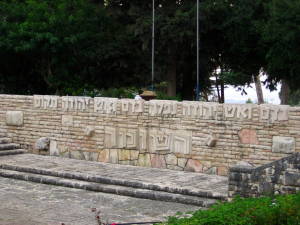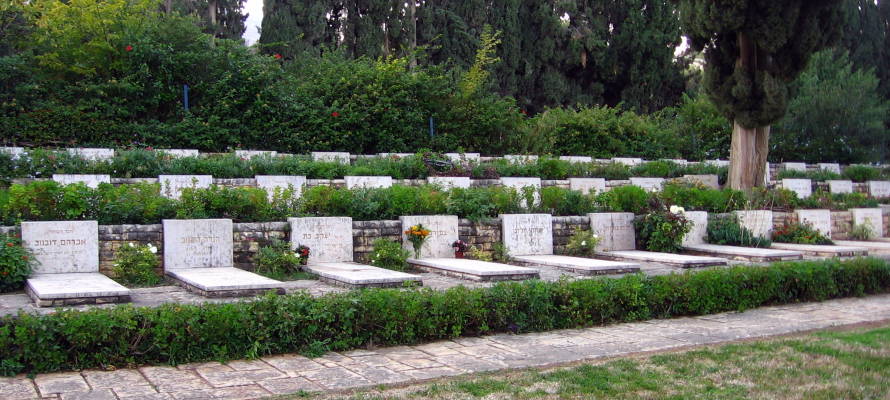
Most Hashomer fighters lived to see the reality of Jewish defense, and almost all witnessed the establishment of the State of Israel.

Hashomer fighters for Jewish defense. (Photo: Beit Hashomer)
“The Israel Defense Forces (IDF) has many fathers, but it has only one grandfather,” said David Ben-Gurion, Israel’s first prime minister. To what was he referring?
Before the founding of the State of Israel on May 14, 1948, there were many paramilitary groups with varying ideologies engaged in making the Jewish State a reality. For example, the Haganah was founded in 1920 and remained in existence until 1948, when it was merged with the IDF. Then there was the Irgun Tzvai Leumi (National Military Organization), an underground based on the teachings of Revisionist Zionist leader Vladimir Ze’ev Jabotinsky, which split from the Haganah. Its most famous leader was Menachem Begin, who became Israel’s prime minister in 1977. These are just two examples of groups that were forerunners to the IDF. So that was what Ben-Gurion meant when he said that the IDF has many fathers.
But who was the “grandfather” of the IDF? These words by Ben-Gurion were spoken in 1968 at the opening of the original Beit Hashomer museum in the northern Galilee, just outside Kibbutz Kfar Giladi. They were said in reference to the Hashomer (The Guardians) group. But who were they?
In 1907, Yitzchak Ben Tzvi, who would later become Israel’s second president, organized (with others) an underground security organization. They were called “Bar Giora”, named for Simon Bar Giora, one of the Jewish leaders of the revolt against the Romans in 66-70 CE. It was the first time that a military group for defense was formed rather than mere individuals standing guard. As the need for a larger organization grew, they were renamed Hashomer on Passover 1909 and reorganized in the Galilee.
The members of Hashomer adopted the local dress of the Bedouins. Initially, the mission of Hashomer was to guard and protect, but eventually they also became settlers of the land. They believed in creating a new Hebrew identity based on farming and shepherding in their biblical home.
One of the ‘Happiest Cemeteries’
Hashomer was in existence for slightly more than 10 years until responsibility for security was transferred elsewhere. No matter. Hashomer played a vital role in establishing Jewish defense in the budding new state that would eventually become a powerhouse in the Middle East.
In the Upper Galilee, one can visit the Hashomer cemetery located just outside the entrance to Kibbutz Kfar Giladi. It is one of the happiest cemeteries to visit because most of the fighters of Hashomer lived out their lives and died a natural death.

Stone etching at Hashomer Cemetery, which reads: “With blood and fire Judaea fell and with blood and fire will it arise.” (Courtesy: Moshe Rothchild)
They lived to see the reality of Jewish defense, and almost all witnessed the establishment of the State of Israel. They stood proudly and declared that Jewish blood would no longer be cheap and that Jews will defend themselves when necessary. This was virtually unheard of for the nearly 2000 years of Jewish exile since the destruction of the Temple in 70 CE.
At the front of the cemetery is a stone banner that reads: “With blood and fire Judaea fell and with blood and fire will it arise.” This is exactly what happened. The State of Israel paid a heavy price in the War of Independence, with 6,000 casualties, representing one percent of the population.
Their lives were not lost in vain, as we reap the rewards of their sacrifice by living in a beautiful, free land. There is still much work to do, but we owe a debt to our “grandfather” Hashomer, who paved the way for the lives we lead today in the modern State of Israel.
By Rabbi Moshe Rothchild
Licensed Tour Guide










